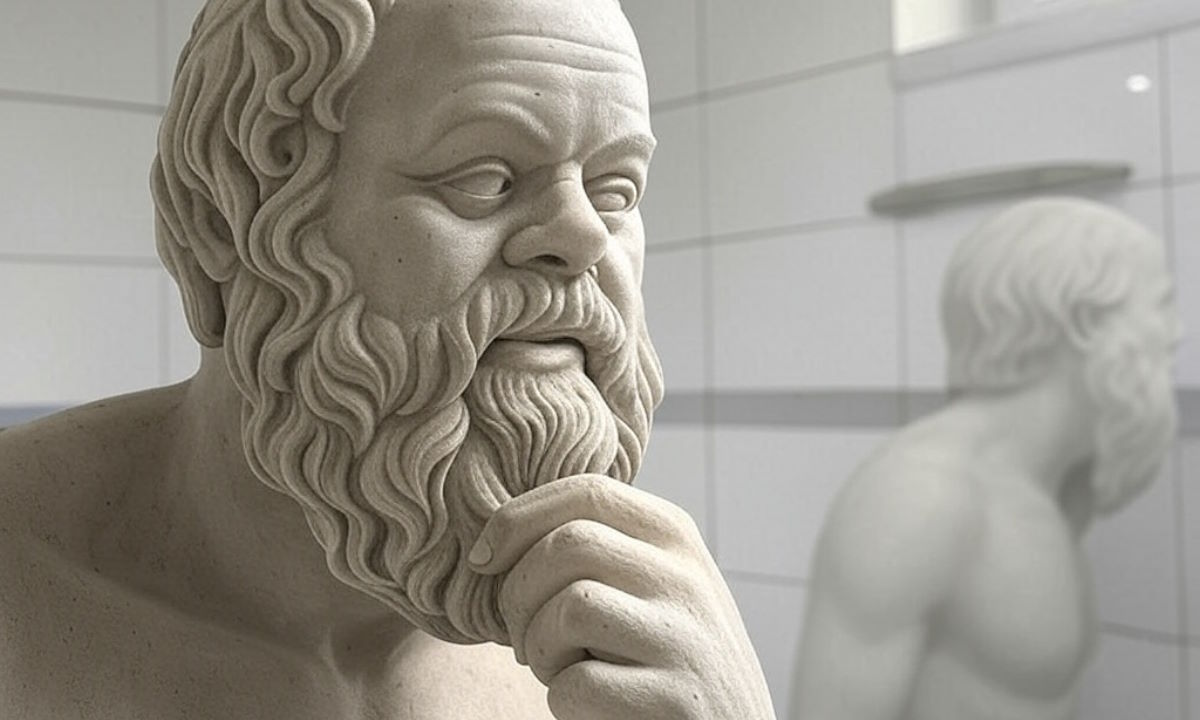Spartacus, the famous gladiator of the Roman Empire, was the leader of the greatest slave revolution of the time.
He managed to turn the slaves into real revolutionaries who defeated the Roman legions several times. This caused the reputation of the empire to be questioned and made Spartacus and his army a major threat.
Origin
Spartacus was born around 109 BC and was from Thrace, of the Maides genus. There is not enough information about his life before the revolution, but it is speculated that he came from an aristocratic family. This is because several Thracian kings bore the name Spartacus. Also, how he became a gladiator remains questionable. It is assumed that he either served as a mercenary in the Roman army or was sold as a slave as a prisoner of war and thrown into the arenas of death.
Revolution
Destined for the arena, Spartacus escaped from a gladiatorial school in Kapi in 73 BC with a group of gladiators and sought refuge on the slopes of Mount Vesuvius. He retained the position of leader and recruited, as his lieutenants, two Celts named Crixus and Oenomaus. Several escaped slaves soon joined the rebels. The Romans therefore mobilized to eliminate the growing threat. Under the praetor Gaius Claudius Glavros or Poulchros, a force of 3000 men attempted to starve out the guerrillas. The rebels launched attacks on parts of the Roman army, looting whatever they could find. The news would soon spread throughout the empire and slaves from all over Italy gathered to join the guerrilla army.
The humiliating defeat of the Romans, however, could not go unanswered. A larger and better trained force would be sent after them, with Praetor Varinios at their head. Of course, Spartacus defeated Varinos and he escaped death by luck. The bulk of the Roman legions were busy on fronts outside Italy. More specifically, Pompey was in Spain and Loukoulos had undertaken the campaign in Pontus against Mithridates. Taking advantage of this situation, Spartacus decided to move his army north for security reasons. By the spring of 72 B.C. Spartacus was the ruler of all Campania, his war-ready army now had cavalry forces, and the colony at Mount Vesuvius now numbered about 70,000 men. He knew that his army could not always defeat the Roman legions, despite the equipment and the increase in numbers of the rebels.
Conflict
Spartacus disagreed with several gladiators over his decision to move. Crixus withdrew with an estimated force of 30,000 men and continued raiding and pillaging throughout Puglia, having no intention of leaving Italy. The revolutionaries, now divided into two, soon heard Rome's reaction with their commanders Gellius and Lentulus. Gellius fought against Crixus, whom he crushed, killing more than 2/3 of his forces, including the leader himself.
After this event, the Romans pursued Spartacus and most of the rebels into the Apennines, where they had taken refuge on their way to northern Italy. Despite the rift between Spartacus and Crixus, the former avenged the death of the latter and the Romans experienced another defeat. The victorious course of Spartacus is continued with a change of course. Instead of leading the rebels over the Alps to freedom outside the Roman Empire, he changes course and lands in Sicily.
The bloody end of the revolt
The Senate was now convinced that Spartacus posed a real threat to the Empire, now that he was a breath away from the relatively heavily fortified capital. So they recruit the general Crassus and recalls Pompey and Lucullus to Rome, breaking off their respective campaigns. Along with six legions, Crassus with Pompey and Lucullus follow Spartacus to Sicily. There, 12,000 rebels did not obey Spartacus and kept looting and eventually were destroyed by Crassus. In addition, two divisions of Crassus' army ignore his orders not to engage in combat with the gladiators yet. The result was that they were defeated by Spartacus, who seemed unstoppable.
The forces of Pompey and Lucullus were approaching the area. Spartacus tried to come to terms with Crassus, but the Roman general refused any attempt at reconciliation. Meanwhile, the pirates, whose ships would pass Spartacus' troops in Sicily, betrayed the leader of the rebellion, who had no choice but to fight.
The battle took place in the spring of 71 BC in southern Italy, in the basilicas of Lucania. 35,000 rebels faced openly organized Roman legions. The slaves were defeated, Spartacus was killed in battle, and the 6,000 slaves who were eventually captured were crucified along the Appian Way for obedience and example. It was the end of the most important uprising of the slaves who achieved important things against the Roman Empire.











